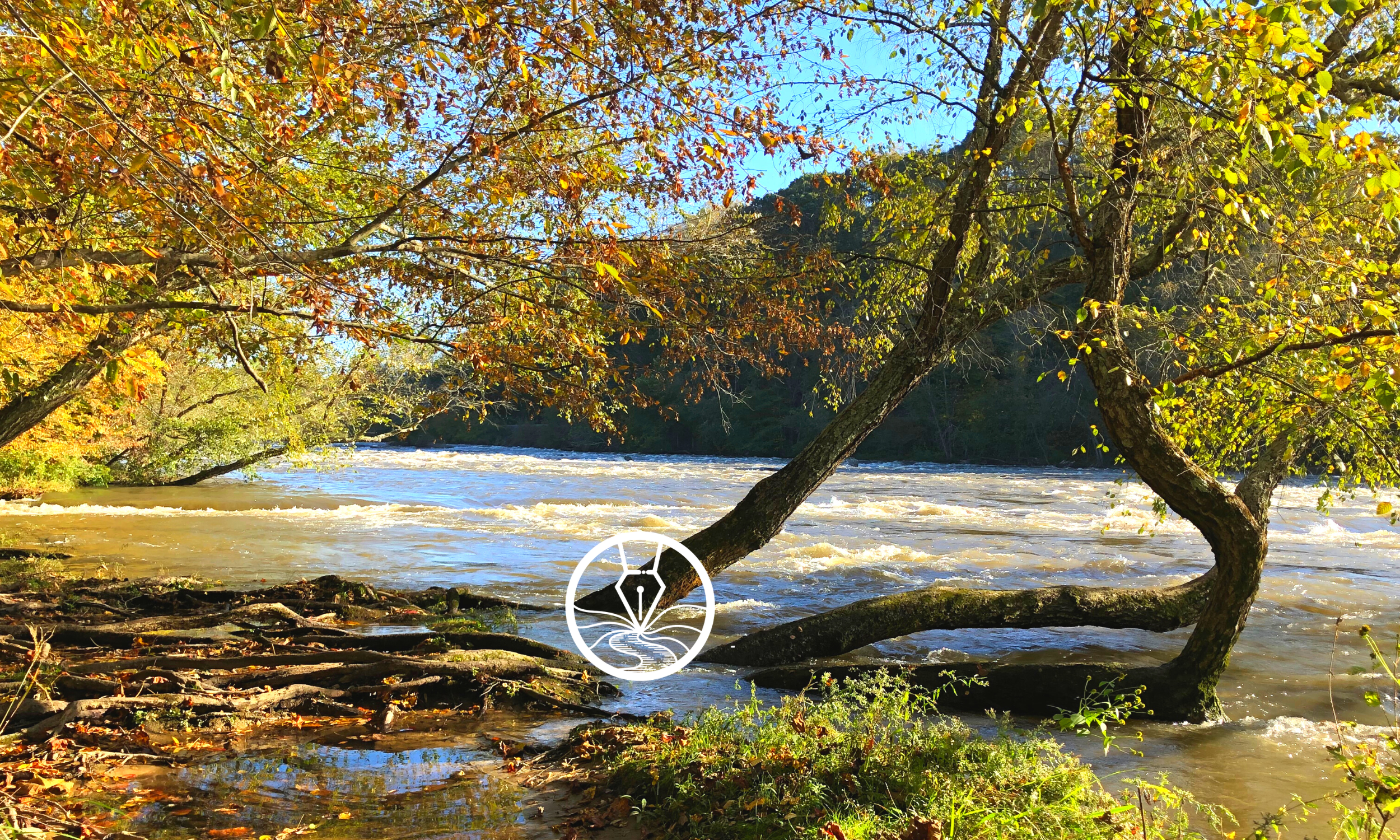
People Are
Stories-in-Progress
As a head’s up, this online version of People Are Stories-in-Progress is more than 44,000 words long. That’s as long as some novels.
There are some typos and errors in these web pages, which I’ve corrected in the eBook. I will eventually correct those errors here in the online version as well, but since there’s other stuff I’m excited to make, I’m not rushing that process. My goal is to complete this online update by September 2023. This banner will disappear when this page has been revised.
(Please note: I didn’t make any major changes in the updated eBook—I only refined the wording slightly, so you’re still getting a very similar experience between the two versions.)
Navigating Story Currents
The Importance of the Story Currents Working Together
Though it may seem like these currents only create chaos, they’re actually all working together seamlessly.
Consider the heart.
It contracts to fill up, and then contracts to push the blood forward. One organ, the size of your fist, has enough muscle pump blood through the rest of your body. It has to be efficient.
The expanding muscle is like the helping currents: the flow of oxygenated blood to the heart.
The contracting muscle is like the honing currents: the pressure that drives the oxygenated blood to the rest of the body.
The eddy is like the rhythm of a heartbeat, which keeps the blood in motion. Each heartbeat is distinct, but it’s the consistency that keeps the blood moving through the whole body.
You need all of these, working in tandem, to keep you alive.
Similarly, you need all the currents to keep the story feeling alive, and real to the reader.
Story structure is also vital. It’s like the skeleton. It holds the story up and allows it to move. The conflict may drive the story, but the story currents are the forces that propel the characters in the narrative along. Without them, it’s hard to keep a reader engaged, because the characters—and therefore the story—aren’t as relatable. Without the story currents, the events of the story just feel like a bunch of stuff happening.
Story Currents, Storytelling, and Life
If we were in school, you might write an essay that would gather all these pieces together and give your teacher a neat conclusion. But this isn’t school. This is storytelling, which is much older and vaster than the invention of schools.
In a river, all currents—the helping ones, the honing ones, and the eddies—join a bigger flow: the water reaches something bigger, a larger river, a lake, a sea. In a story, whether one in your life or in your fiction, the actual growth is always larger and more complex than the words used to describe that growth.
For example, my personal story obviously has much more in it than the few segments I’ve chosen to share here. The last story occurred three or four years ago, and I’ve had many more experiences since then. I’ll speak to this a little more at the end of this Season, but for now, I only want to point out:
Stories illustrate life, but we writers never capture life completely.
That’s okay. We’re not meant to. It would be impossible to distill a complete life onto the page.
Instead, we tell our stories precisely. We live our lives fully.
Knowing that scope can be a little overwhelming. You may be thinking, That’s a lot to manage.
You are correct. These currents are a lot to manage, whether you’re writing and living them, and they always feel more chaotic when you’re thrown in the middle of them—rather than watching them safe from the shore.
If you feel daunted by the currents that surround you, I invite you to lean on your tools to gain some perspective and clarity.
If it’s an experience I’m living, I go to my journal to help me sort out through my emotional currents. When I went to my journal after speaking to Mark, I mainly wanted relief from the emotional turmoil I was still feeling. Once I found the meaning, I integrated the event, and it felt like stepping out of the water, admiring the emotional currents from the shore rather than feeling like I’m stuck in their midst, struggling to keep my head above the surface.
If I’m stumped by all the currents in a story, I tend to reach for my freewrites. The following questions have helped get me started:
What currents are already present in the scene?
Which ones are pivotal this scene? And which ones are just in the background?
Can I bring the pivotal currents out a little more? How?
Are any missing? If so, where can I weave them in?
Either way, the act of writing them down helps me. Containing that swirl of currents in words creates distance. When I see them outside of me, I can sort through them with more ease, which allows me to connect the dots and find meaning.
If you still feel apprehensive, that is completely understandable. But working with these currents is like any craft that requires you to develop skill, whether it’s rowing boats or writing novels or finding meaning in your life.
You practice.
You don’t practice to become perfect.—That’s a myth.
You practice to grow more comfortable with the currents. You practice to trust that you can rely on the skills you’re developing. You practice until the skill becomes a part of you that is always there when you need it—like all your tools can be.
